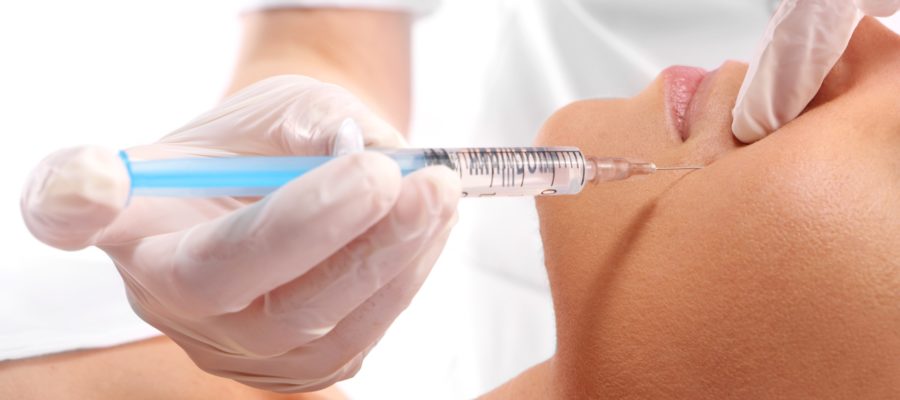Introduction to fillers
The application of dermal fillers is extremely common in Aesthetic Medicine due to the high effectiveness of this treatment, the paucity of side effects and complications. This procedure is able to fill a groove, a wrinkle or stretch the overlying skin, producing an effect similar to a mild facelift.
Fillers can also be used to redefine face profile and restore youthful contour. For instance, the zygoma become less prominent with aging. This modification deeply affects the glance that appears less intense, more tired and feeble. A simple procedure of filler injection is able to redefine a harmonious zygomatic profile, improving the overall appearance of the face, redefining the look and smile.
Lips could be exalted and augmented by this procedure, improving contours, volume and harmony.
Hyaluronic acid fillers are therefore the ideal tool to achieve a variety of results in a short time and without any surgical procedure.
About dermal fillers
Fillers can be divided into absorbable (e.g. hyaluronic acid fillers) and non-absorbable (e.g. hydroxyapatite). I generally prefer to use absorbable fillers, especially those based on hyaluronic acid. In fact, these fillers are biocompatible, displaying few side effects, a slow resorption rate and long-lasting results (usually several months). The advantages of absorbable fillers compared to non-absorbable ones are mainly the extremely rare allergic/inflammatory reactions and infections. Non-absorbable fillers in fact could create severe inflammatory reactions, infections and abscesses. Absorbable fillers instead are completely resorbed over months and infections are extremely rare, as long as any inflammatory/allergic reaction, due to the high biocompatibility of hyaluronic acid, which is normally present in the connective tissue. The safety of hyaluronic acid fillers is proven by years of experience and clinical studies available in scientific literature.
A different permanent filler: the fat tissue
The main alternative to hyaluronic acid dermal fillers is the adipose tissue. This is harvested from the patient with a technique similar to a normal liposuction. The fat is then processed with a particular technique in order to purify the fat cells.
The processed adipose tissue is then injected similarly to an absorbable filler. A partial resorption of the injected volume is observed because fat cells do not survive entirely. However, about 60-80% of the volume usually survives.
This treatment avoids a number of complications typical of non-resorbable fillers (such as foreign body reaction, infections, abscesses, inflammatory reactions, allergic reactions). Adipose tissue is also able to improve the texture of the overlying skin, including areas of scarring or aged skin.
The application of adipose tissue as filler (procedure called “lipofilling”) should be decided case by case and inevitably requires surgery to harvest the adipose tissue.



